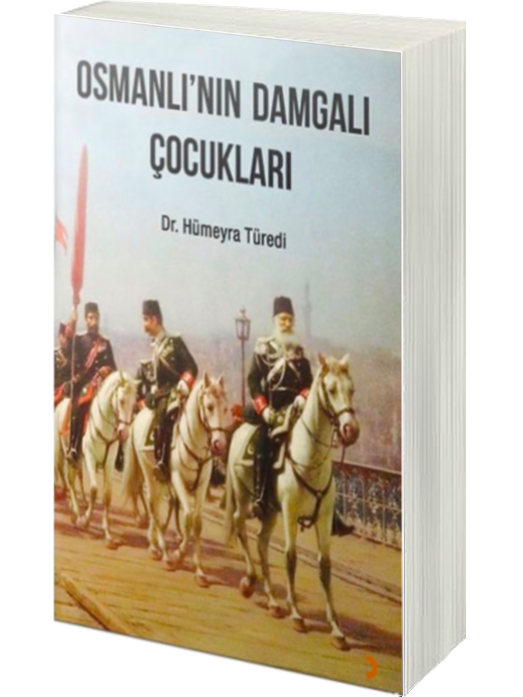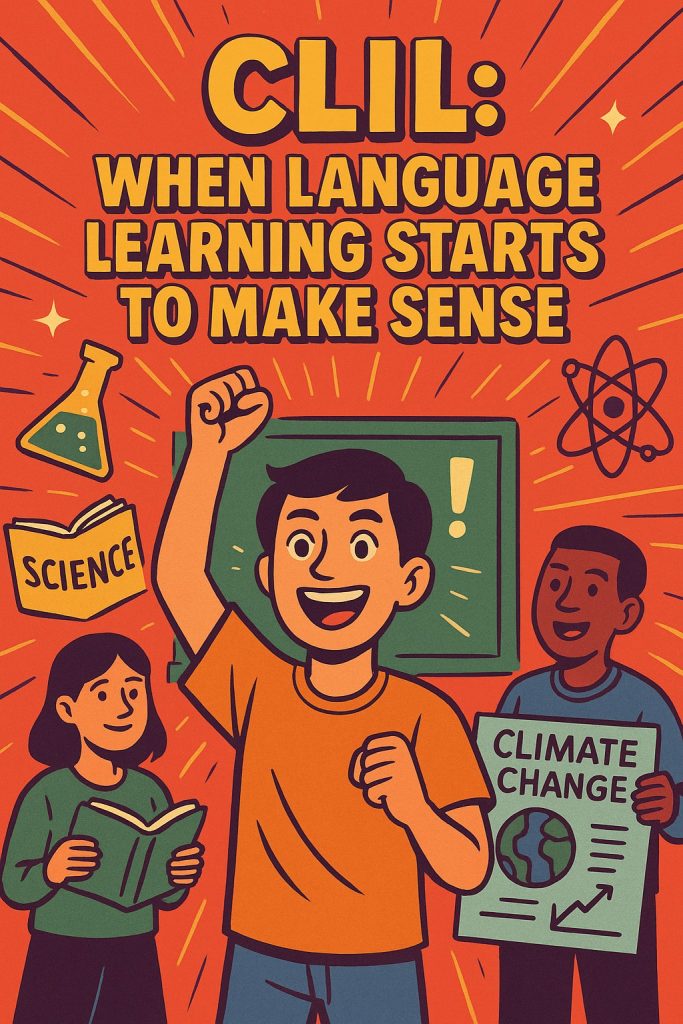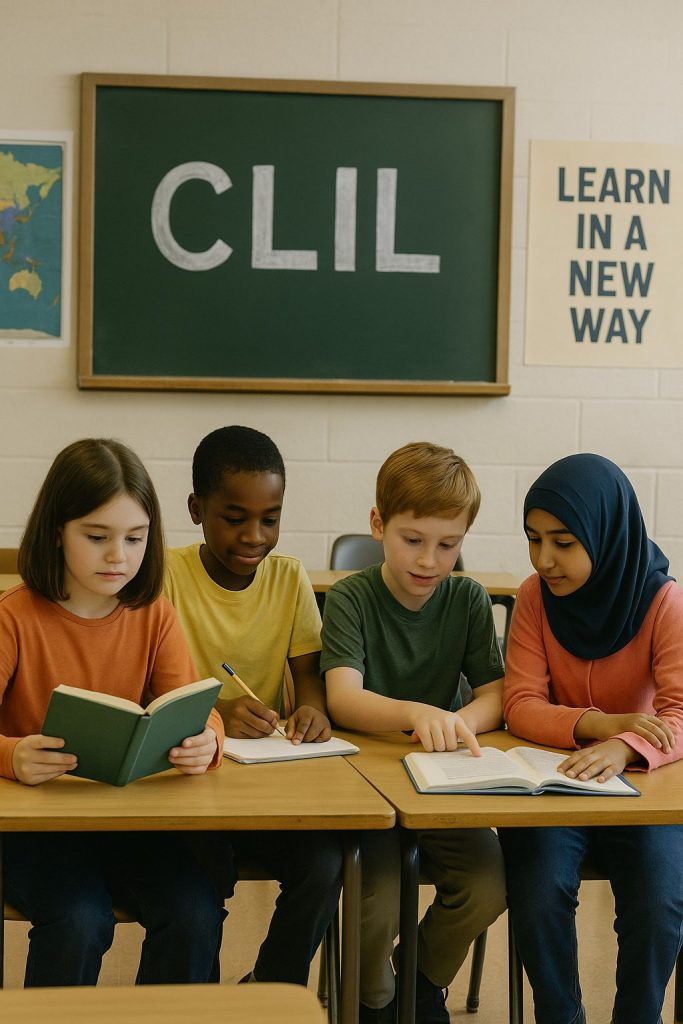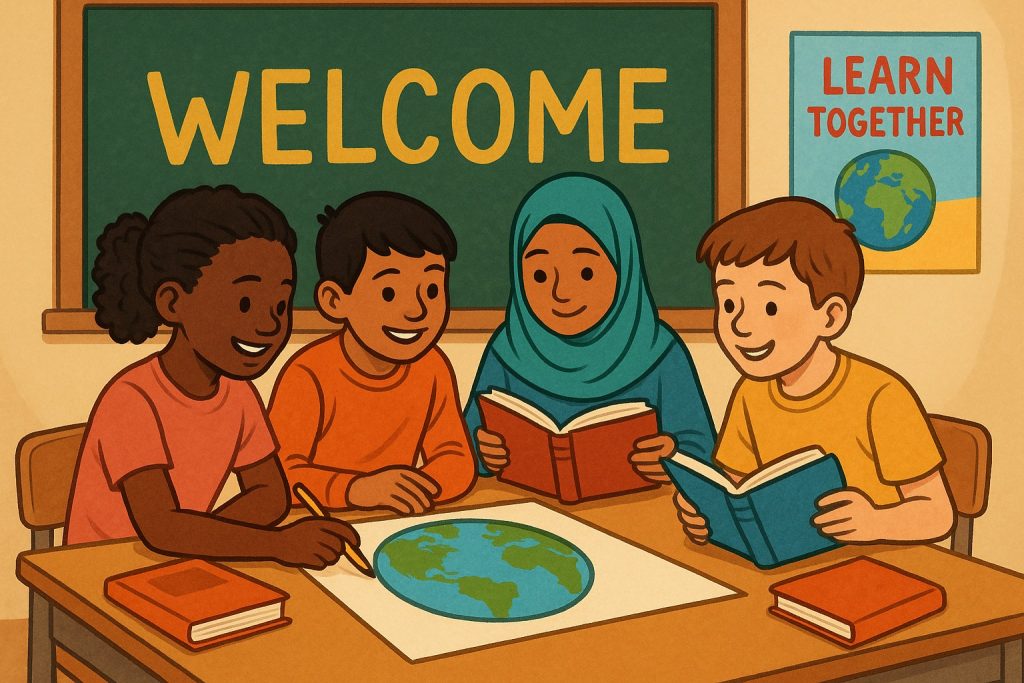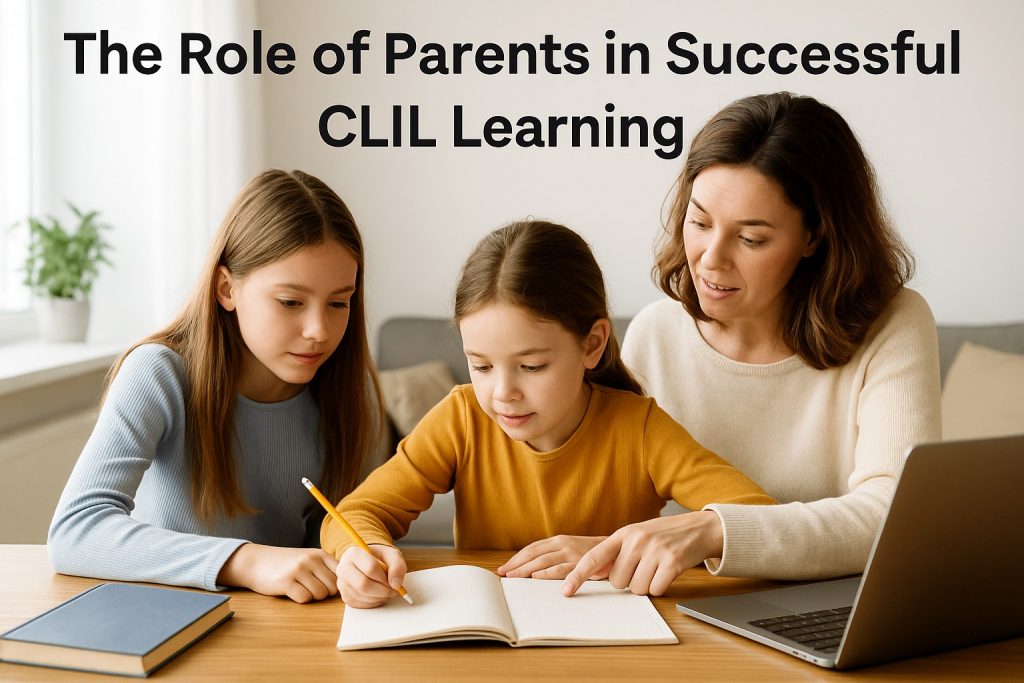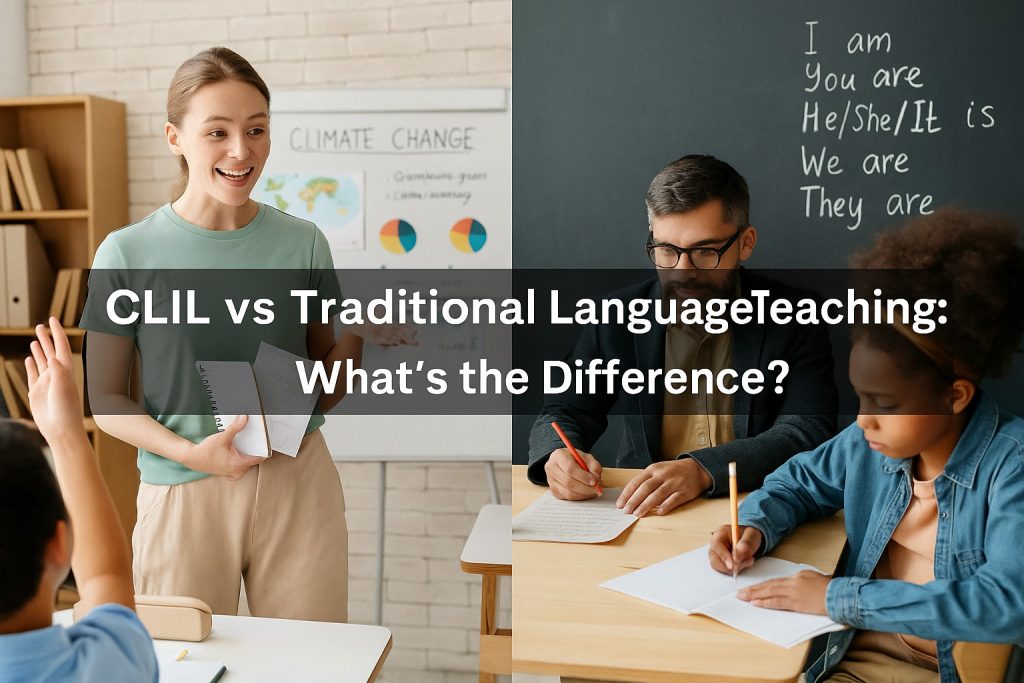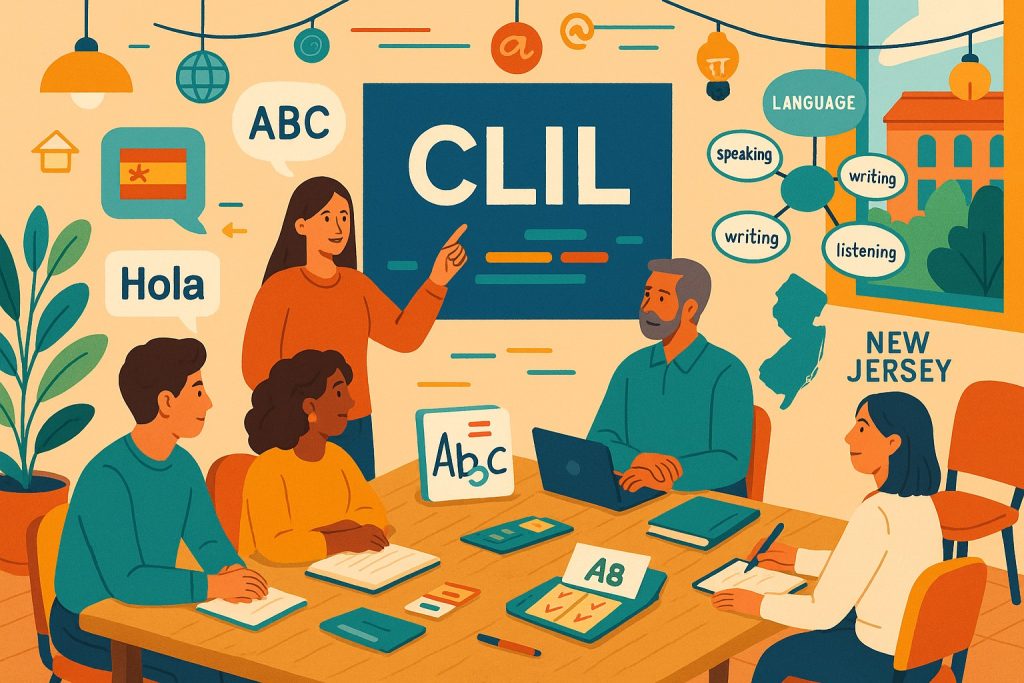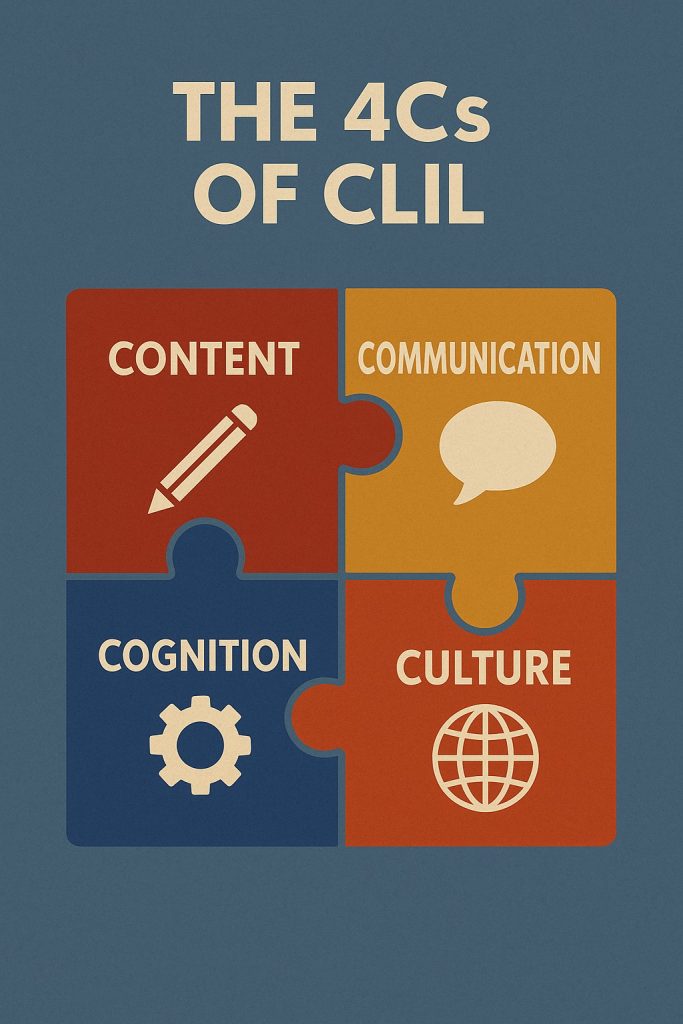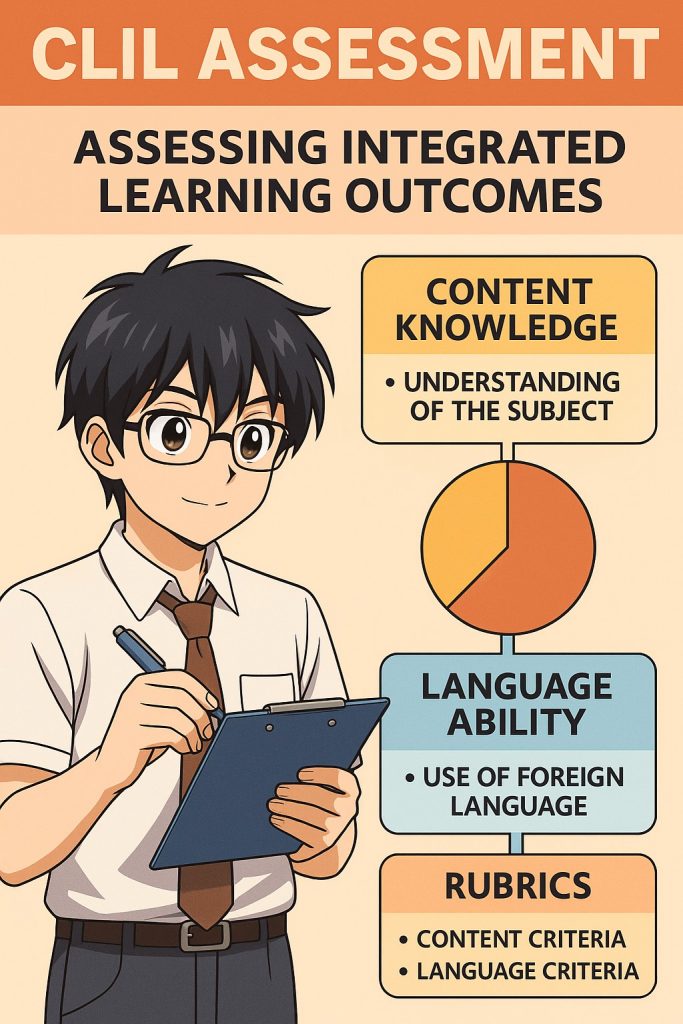
Assessment in CLIL (Content and Language Integrated Learning) classes is one of the trickiest parts to get right—and often the most misunderstood. Unlike regular lessons where you check content and language separately, CLIL asks teachers to look at both together. How well does a student understand the topic? And how well can they share that understanding in another language? It’s not always simple, but it can lead to more meaningful ways of seeing what students can really do.


